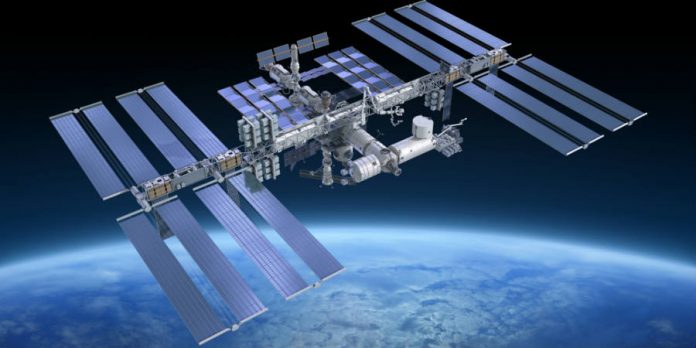
October 23rd, Sunday morning, the International Space Station (ISS) received a shipment of more than 5,100 lbs (about two tons) of supplies and technical equipment. The NASA-owned Cygnus spacecraft delivered the load to the station.
Astronauts successfully attached the cargo shipment, which launched from Earth on October 17, via one of the station’s robotic arms. The Cygnus is the fourth vessel currently appended to the modular ISS.
A timeline of the resupply operation
The shipment took off from the Wallops Flight Facility in Virginia at approximately 7:45 p.m. EDT. Liftoff took place at the Mid-Atlantic Regional Sports Pad 0A with the Antares rocket, responsible for carrying the cargo outside of the atmosphere.
The ISS scheduled NASA astronaut Kate Rubins and Takuya Onishi from the Japanese Aerospace Exploration Agency to grapple the load via the robotic Canadarm2, designed by Ontario-based company MDA. The arm is the Canadian Space Agency’s contribution to the ISS, among other technological devices.
Both astronauts, who belong to the Expedition 49 crew, completed the process as expected at 10:53 a.m., EDT. They berthed the spacecraft to the Unity module of the ISS, attached to the station’s structure since its launch in 1998.
Once the attachment is complete, the whole Expedition 49 crew will unload the Cygnus. The shipment contains food, supplies, and new equipment for the astronauts to perform a series of experiments and research work.
What’s in the box?
The cargo from the Cygnus will assist astronauts with research concerning fire on space, the effect on lighting while sleeping, neutron measuring, and daily rhythms, according to NASA. These four are only a portion of the more than 250 science studies that will benefit from this resupply.
The ‘Cool Flames’ investigation will be one of the first to update from this event. It deals with a particular type of fire, which is flameless but still burns. The ISS crew wants to study this phenomenon to create engines and fuels that are more efficient and less contaminant.
Other research projects include the ‘Lighting Effects’ investigation, concerning astronauts’ sleep patterns. Studies have found that the crew sleeps better (and works better) while exposed to a particular type of lighting. These studies are necessary for space operations, where there is no day or night and circadian rhythms tend to change.
Astronauts will also receive an user-friendly tablet app for the EveryWear research project, which collects data on their nutrition, sleep, exercise, and medication. Scientists on Earth could later use EveryWear for biomedical applications.
The Cygnus spacecraft will remain on the ISS until November. After it is detached it will re-enter the Earth’s atmosphere, destroying itself in the process.
Source: NASA











